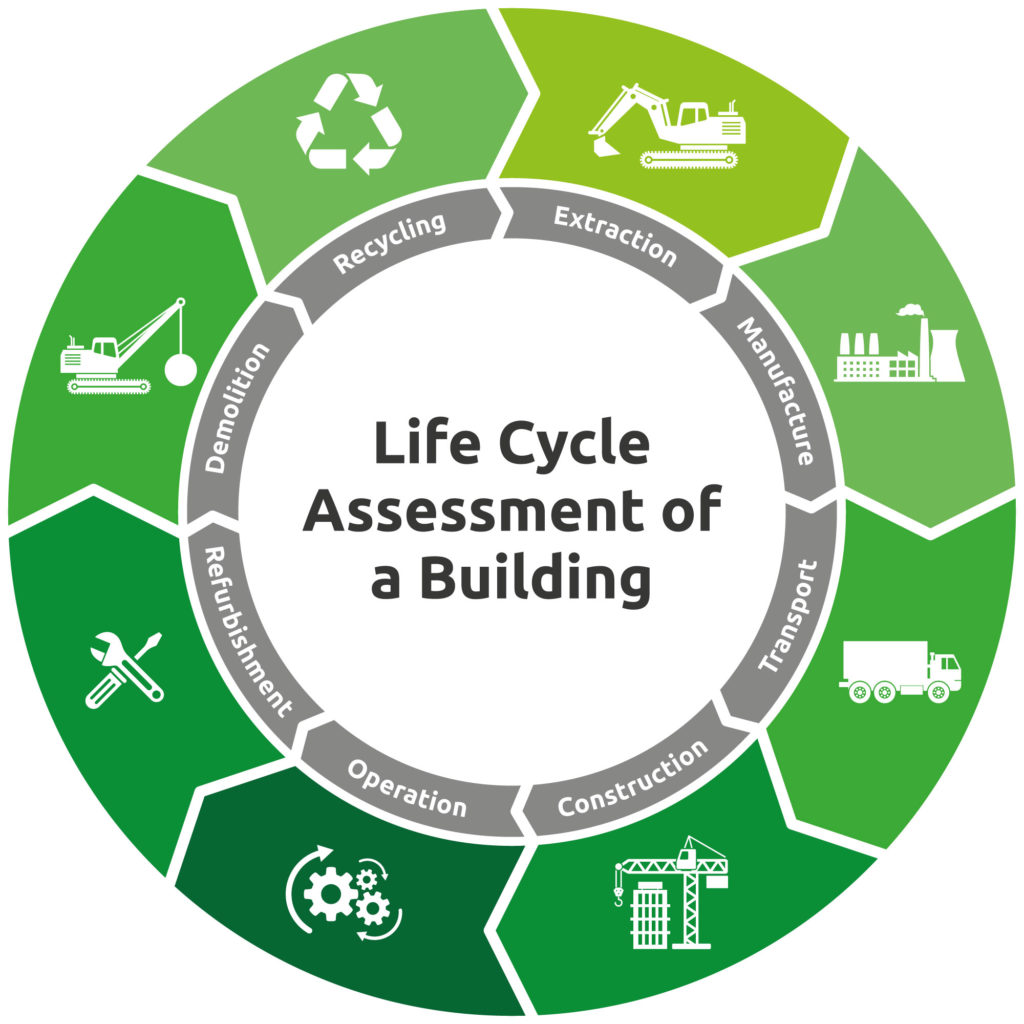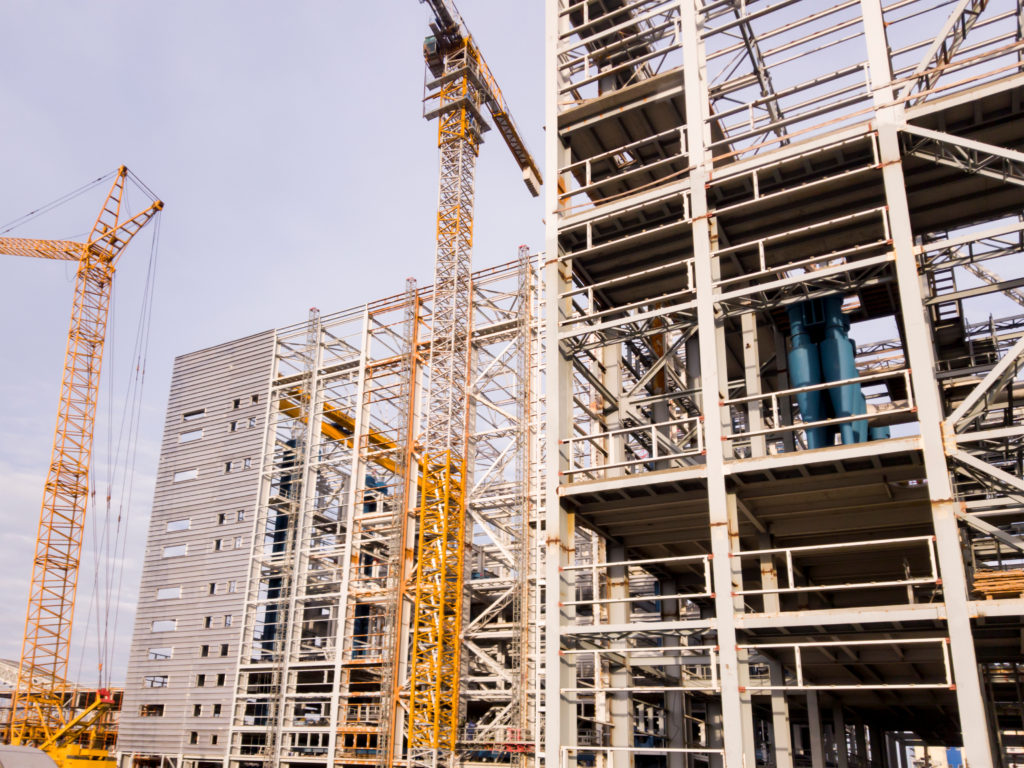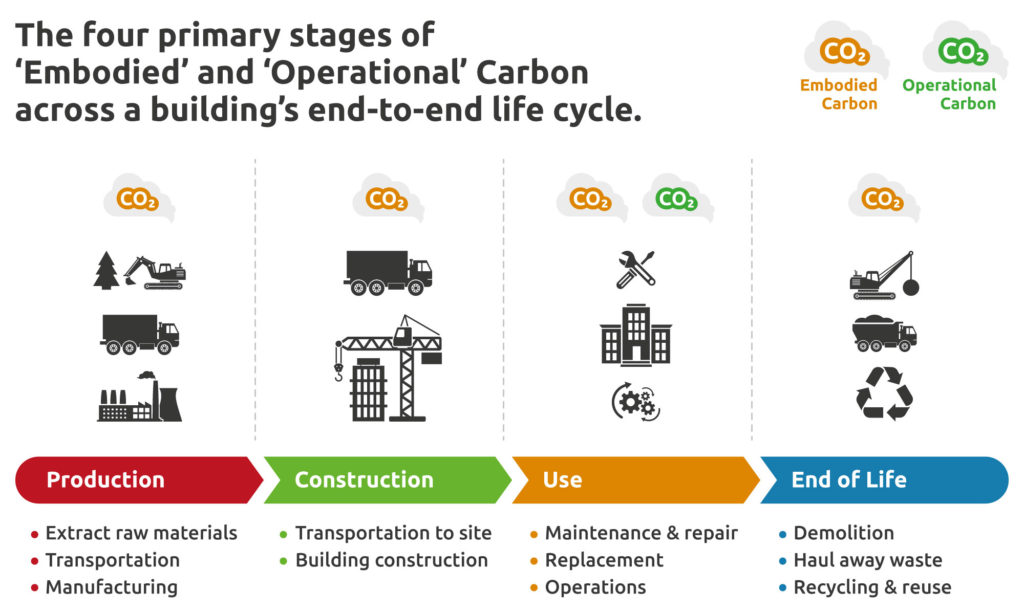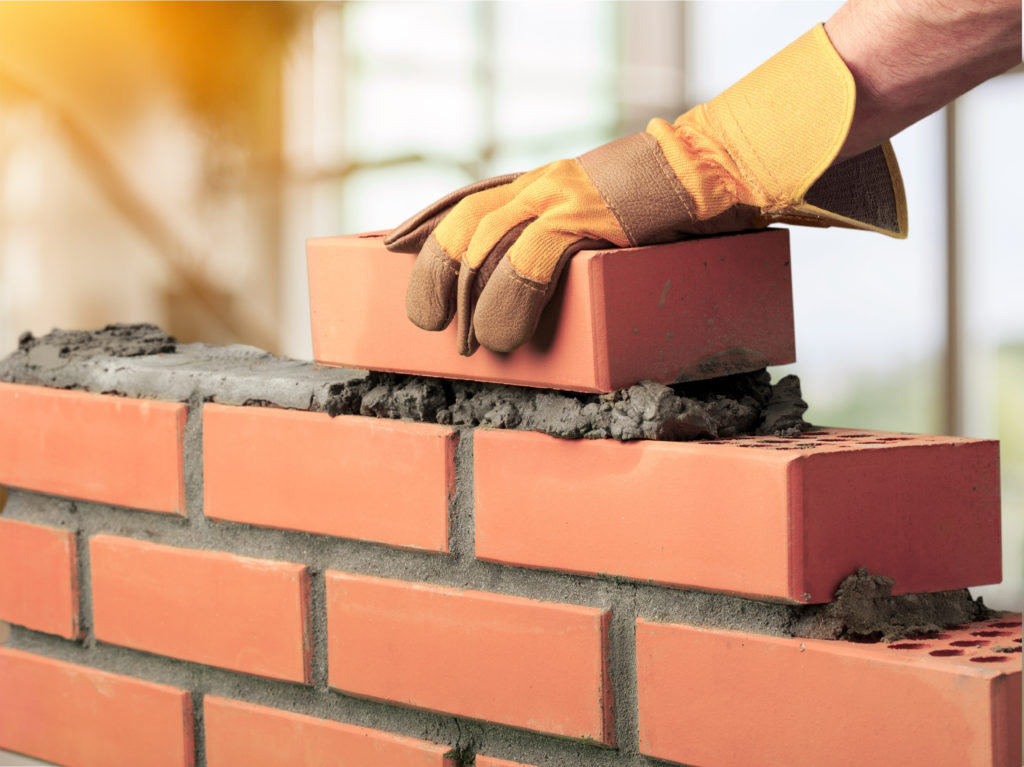How Can We Help?
The Carbon Expert uses extensive knowledge and experience of embodied carbon calculation softwares to compute and analyse the impact your project has on the built environment.
Our aim is to minimise your impact in the following ways:
- Free initial consultation
- Educational workshop
- Embodied carbon calculations and reporting
- Low carbon design consulting
Our reports can be used for planning submissions, environmental assessments or simply proving that you meet local embodied carbon design targets.

What is Embodied Carbon?
Embodied carbon is the total amount of carbon associated with an entire life span of a material or product, from extraction and manufacture up to end-of-life.

Why is Embodied Carbon Important?
Embodied carbon is expected to account for nearly 50% of a new construction’s carbon footprint by 2050. The UK Government has committed to achieve Net Zero Carbon by 2050; the challenge is how do we get there?
Monitoring the embodied carbon in a project can:
- Identify carbon hotspots in projects, choosing alternate materials as a result
- Deter absolute end-of-life strategies for more environmentally friendly solutions
- Promote resource and cost savings by encouraging reuse and recycling of materials

How do we measure Embodied Carbon?
Embodied carbon can be split in four primary stages: Product Stage, Construction Stage, Use Stage, and End-of-Life Stage. Every material has an embodied carbon conversion factor (as found in carbon life cycle inventory datasets), these are multiplied by the material’s quantity to give respective values of embodied carbon.
Environmental product declarations (EPDs) provide a more accurate estimation of the embodied carbon, as provided by the manufacturer.

Embodied Carbon VS Upfront Carbon
Upfront carbon refers to the carbon associated with a product from raw material extraction up to construction / installation.

Are there regulations in Place?
As standard, we adhere to BS EN 15978 and the RICS professional statement. If your project requires additional constrains, for example BREEAM or LETI & RIBA we will also adhere to them.
Are there any targets?
Embodied carbon targets exist for many different building types, localities and environmental assessments. We will assist and advise you on reaching that target.
Will this help reach Net Zero?
The UK has set a net zero by 2050 target, with some localities even aiming for the onerous target by 2030. In studying embodied carbon, we will work together to monitor and reduce the impact construction projects have on the built environment, thus paving the way towards net zero.
